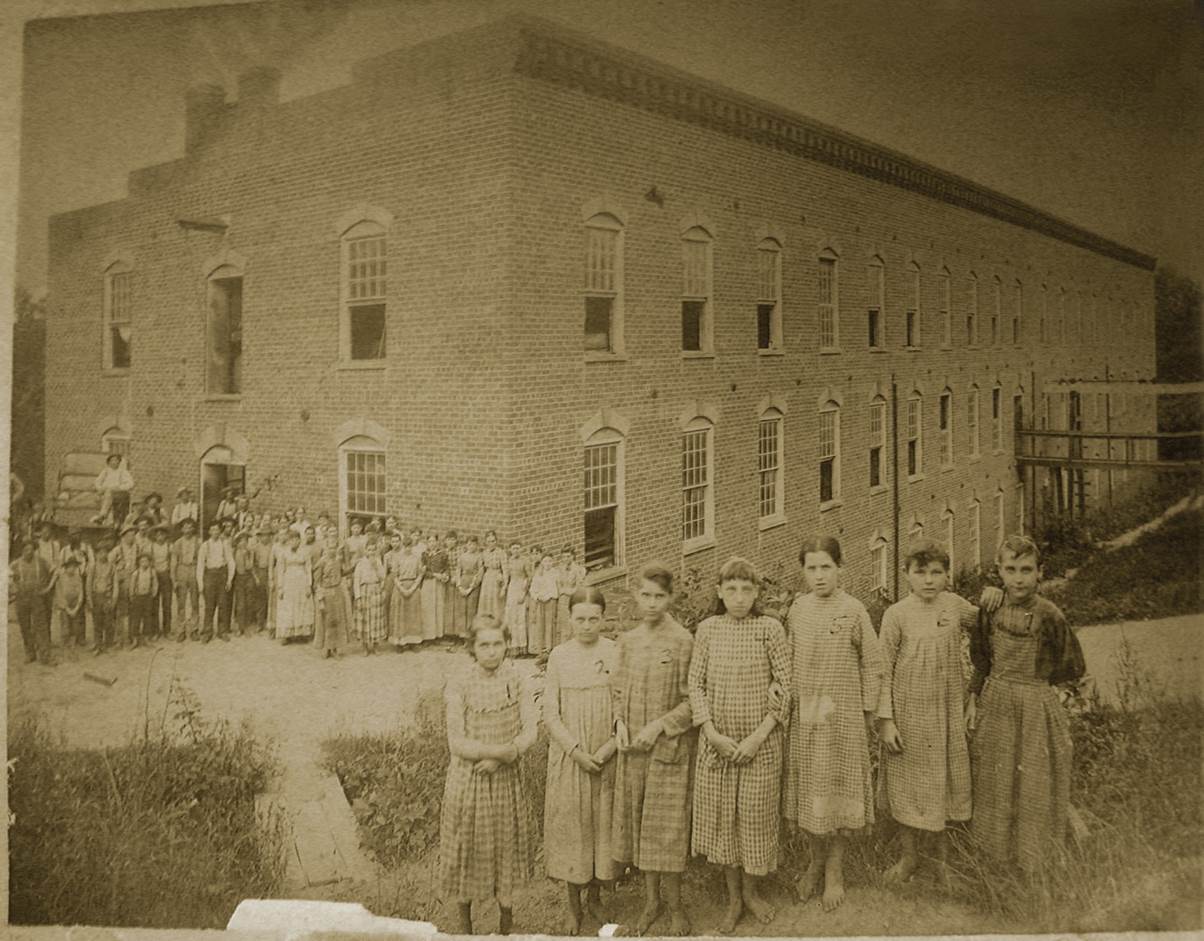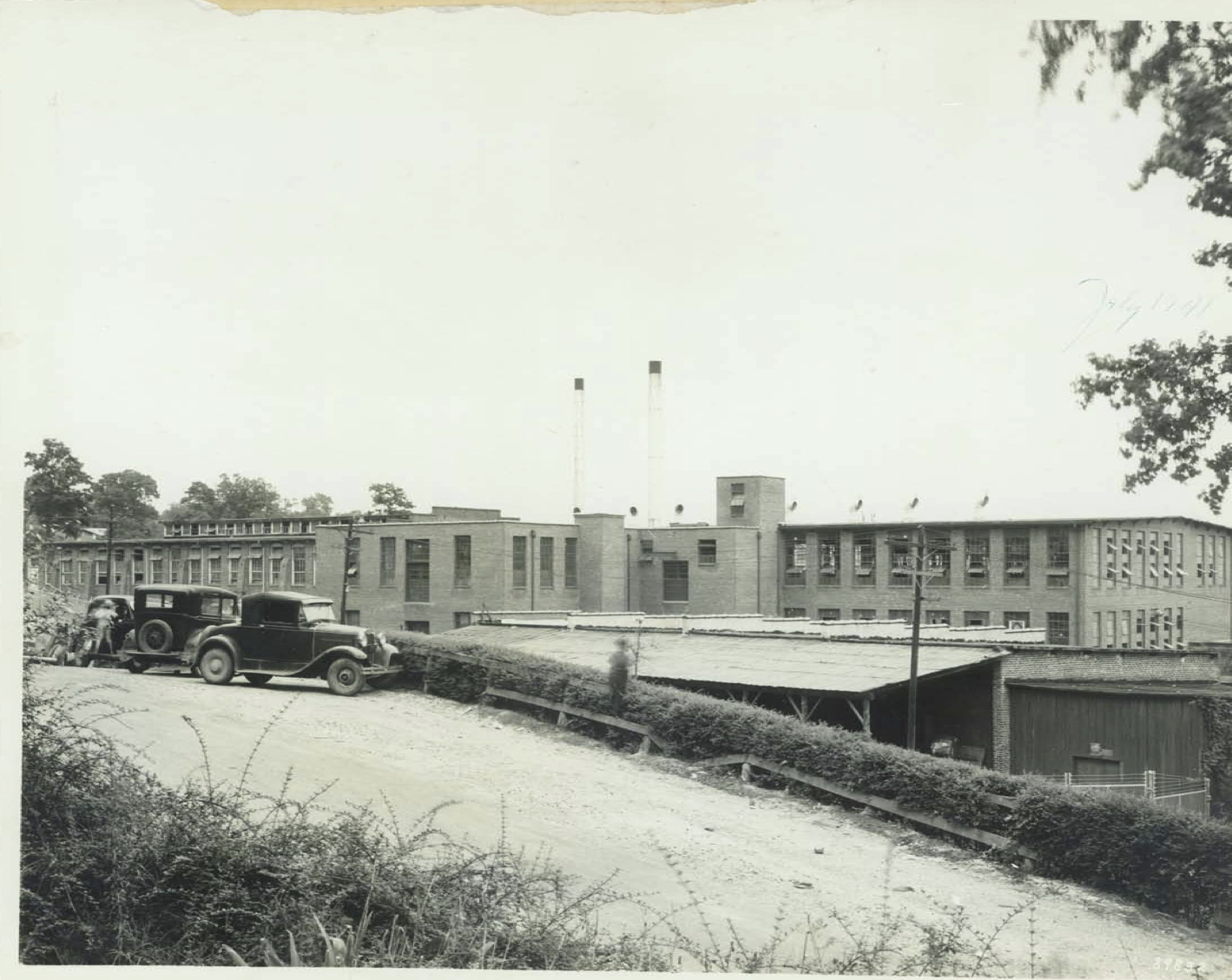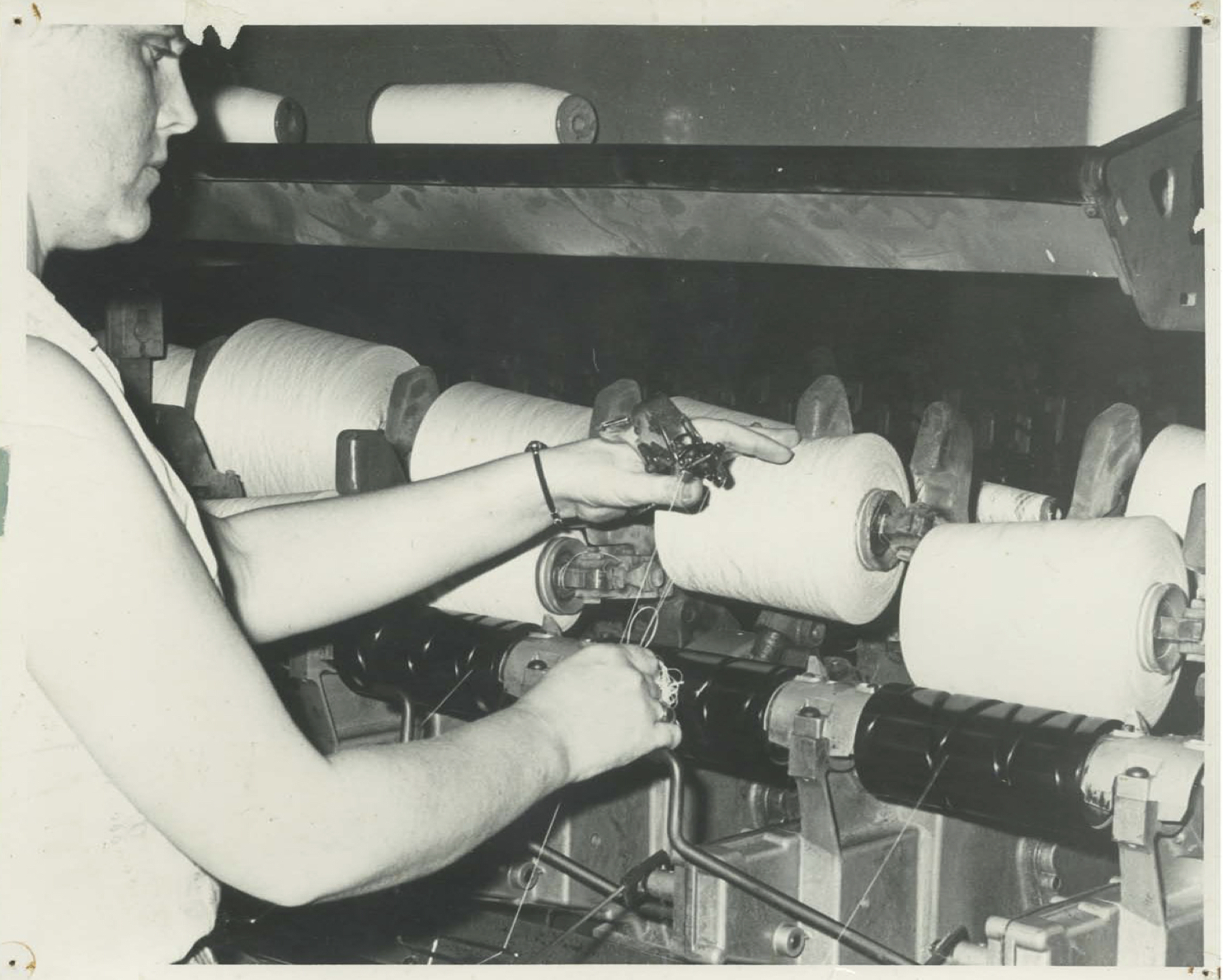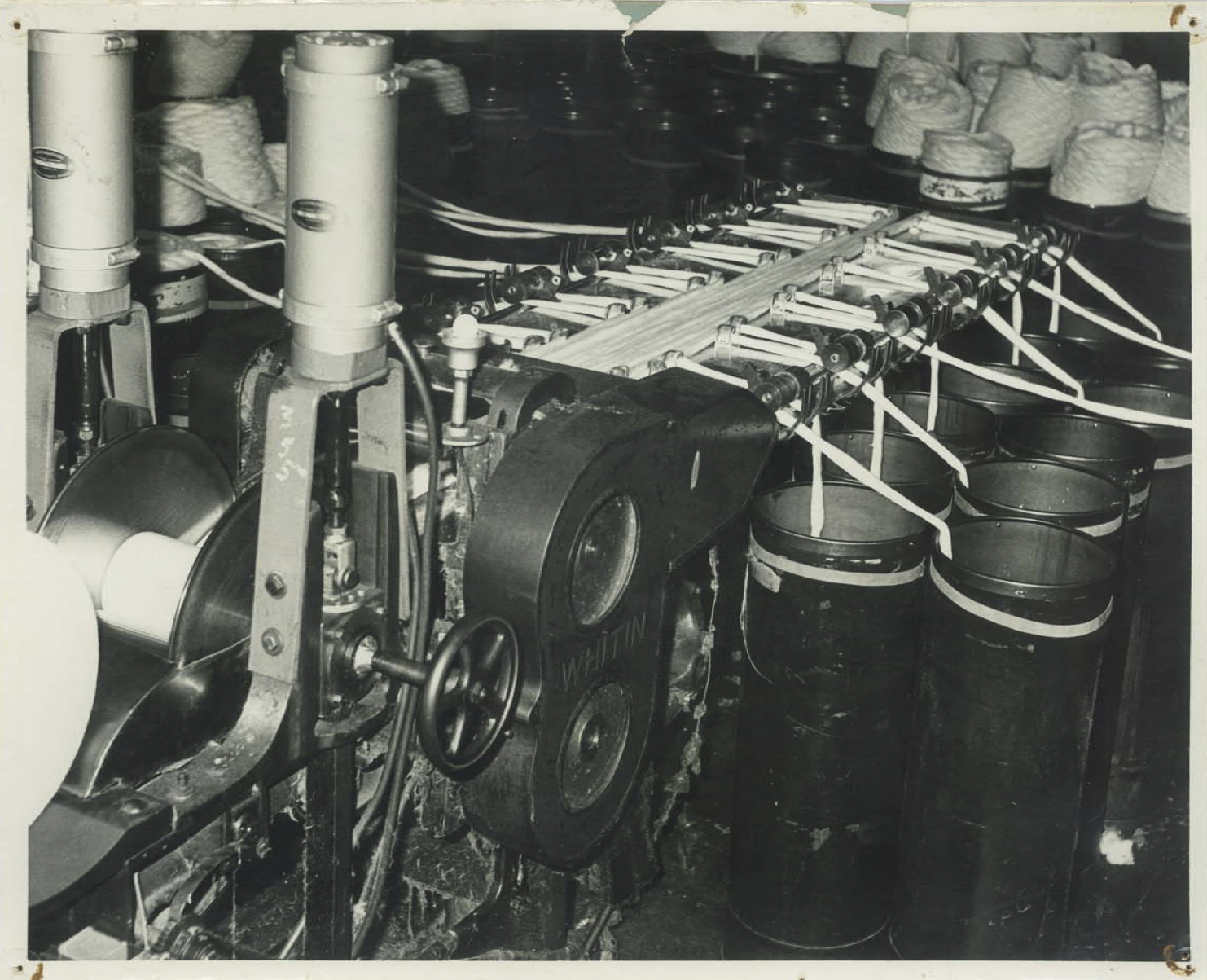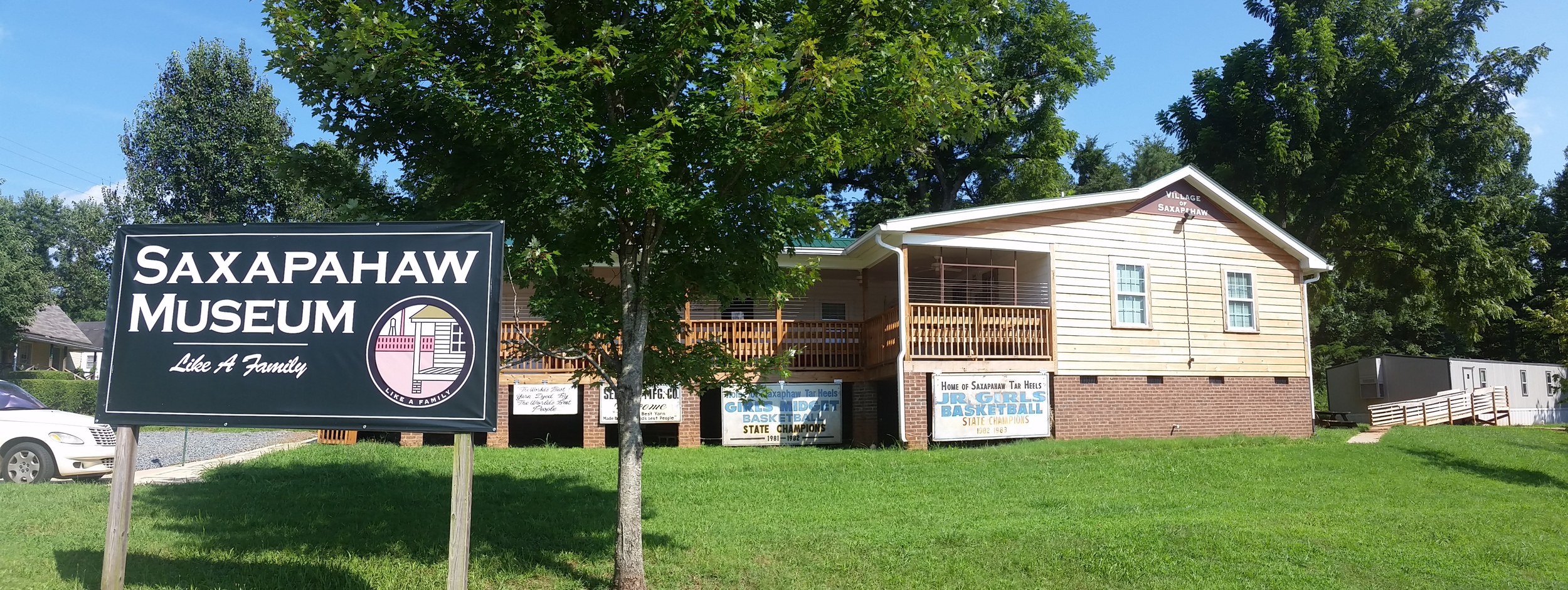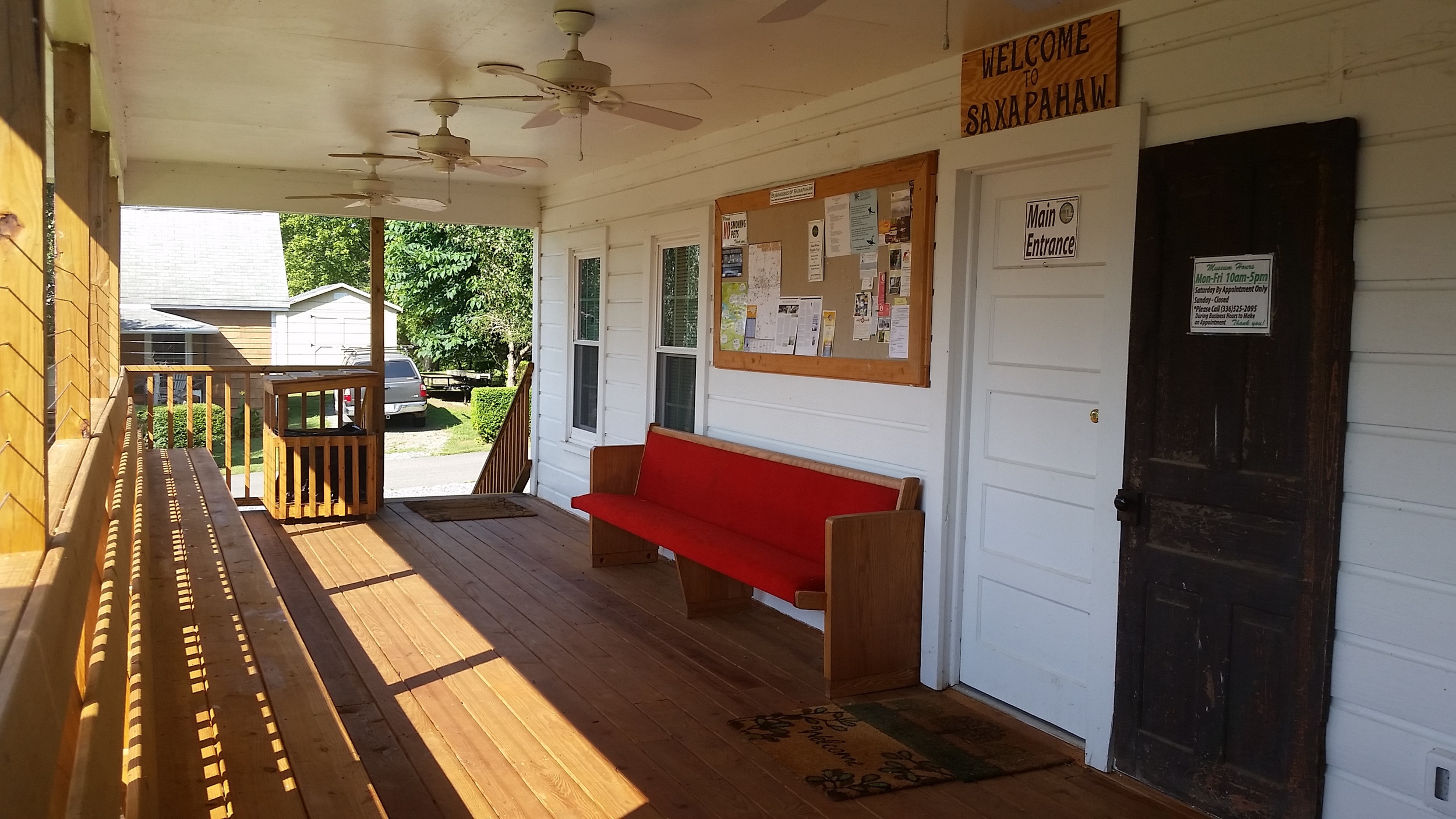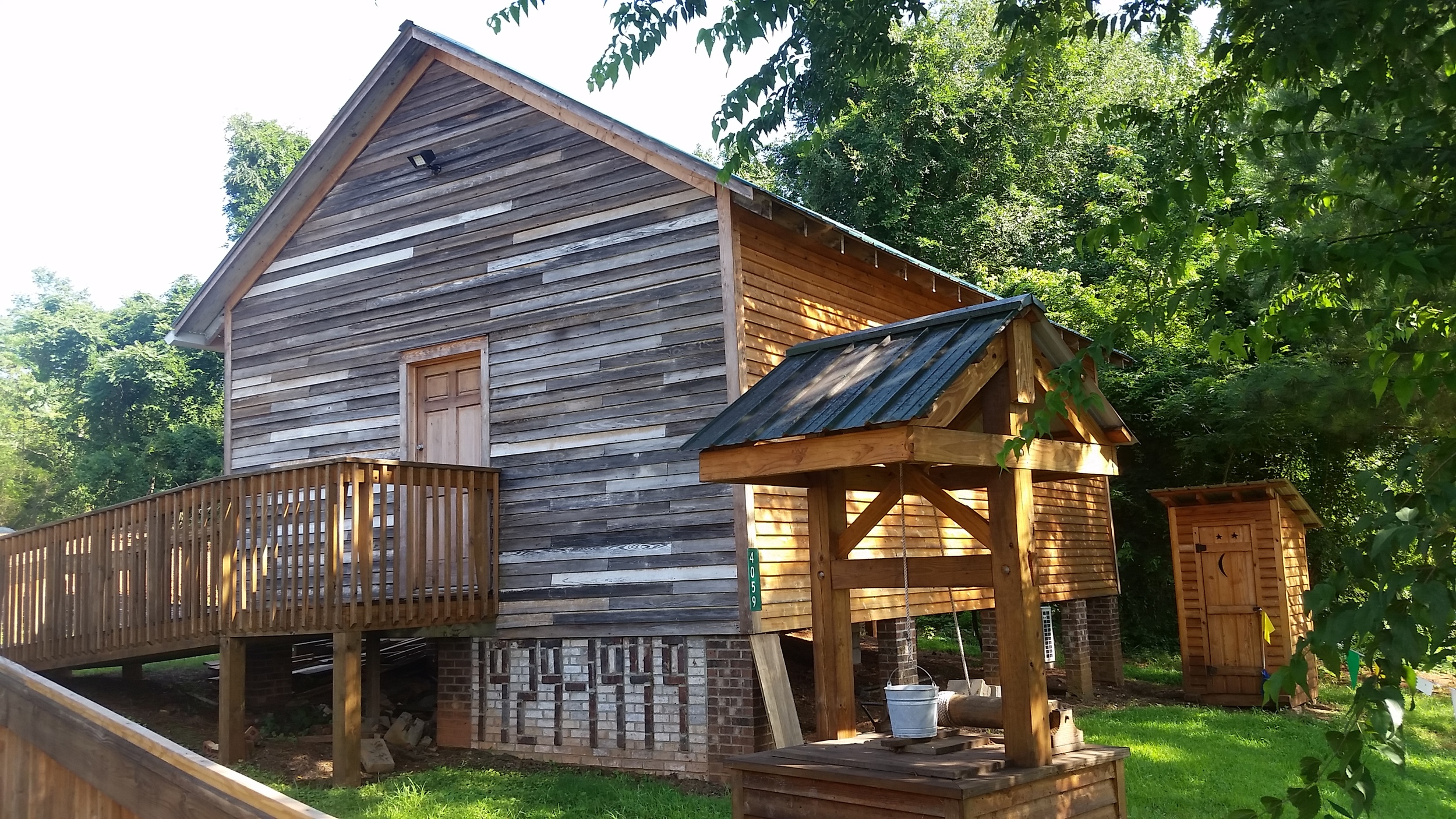SAXAPAHAW HISTORY
After his 1701 journey through North Carolina, John Lawson, one of the first Europeans to write about the countryside around Saxapahaw, described it as “the Flower of Carolina” and looking at the river bank declared, “no man that will be content within the bounds of reason, can have any reason to dislike it.”
The river that had drawn the Sissipahaw and other native tribes to the area soon attracted new immigrants and new technology in the form of grist mills. In 1829, John Newlin, a Quaker from Snow Camp, purchased one of these gristmills and an adjoining 150 acres from the Thompson family. Learn more about John Newlin HERE
Newlin and his sons, James and Jonathan, started construction of a cotton mill in 1844 and opened the Saxapahaw Cotton Factory in 1848. The mill used water from the Haw River to drive the machinery. The slaves who dug the millrace and their families were freed by John Newlin, and in 1850 taken to new homes in Logan County, Ohio, a free state.
Following the Civil War, the Saxapahaw Cotton Mill went through numerous expansions and owners, including textile magnate and inventor of the Alamance Plaid, Edwin M. Holt and U.S. Senator for North Carolina, B. Everett Jordan.
Waterpower became hydroelectric power in 1938 when Sellers Manufacturing built a new dam over the old dam and added a new power plant. Refurbished in 1980, the plant continues to produce clean, renewable electricity. In 1994 after nearly 150 years of manufacturing, the Saxapahaw Mill closed after damage from a tornado. But now those old brick buildings are finding new uses.
Thanks to an inspired and dedicated group of people determined to preserve this jewel of history, nature, and community, Saxapahaw has experienced an extraordinary renaissance. New businesses, a school, an event centre, apartments and loft condominiums, occupy the beautifully restored mill buildings and renovated mill worker houses are homes for families employed locally as well as in the nearby Triangle and Triad. The Saxapahaw community that has experienced a revolution, the tragedy of slavery, the Civil War and Reconstruction, a Great Depression and the loss of the textile industry is still here because no one who sees it, as John Lawson sad long ago, “can have any reason to dislike it.”.
** Thanks to the Haw River Assembly for descriptions and Photos. Visit their site to learn more about dedicated protectors of the Haw River and Jordan Lake.
Saxapahaw Museum
Come and visit the Saxapahaw Museum to learn more about the history of the Saxapahaw Cotton Mill and the Jordan family history! The Museum is right "downtown" next to the General Store and the Hawbridge School.
Hours of Operation
Monday - Friday, 10am-5pm
Saturdays by Appointment Only
Sunday Closed
Museum Contact
Jane Cairnes
(336) 525-2095

